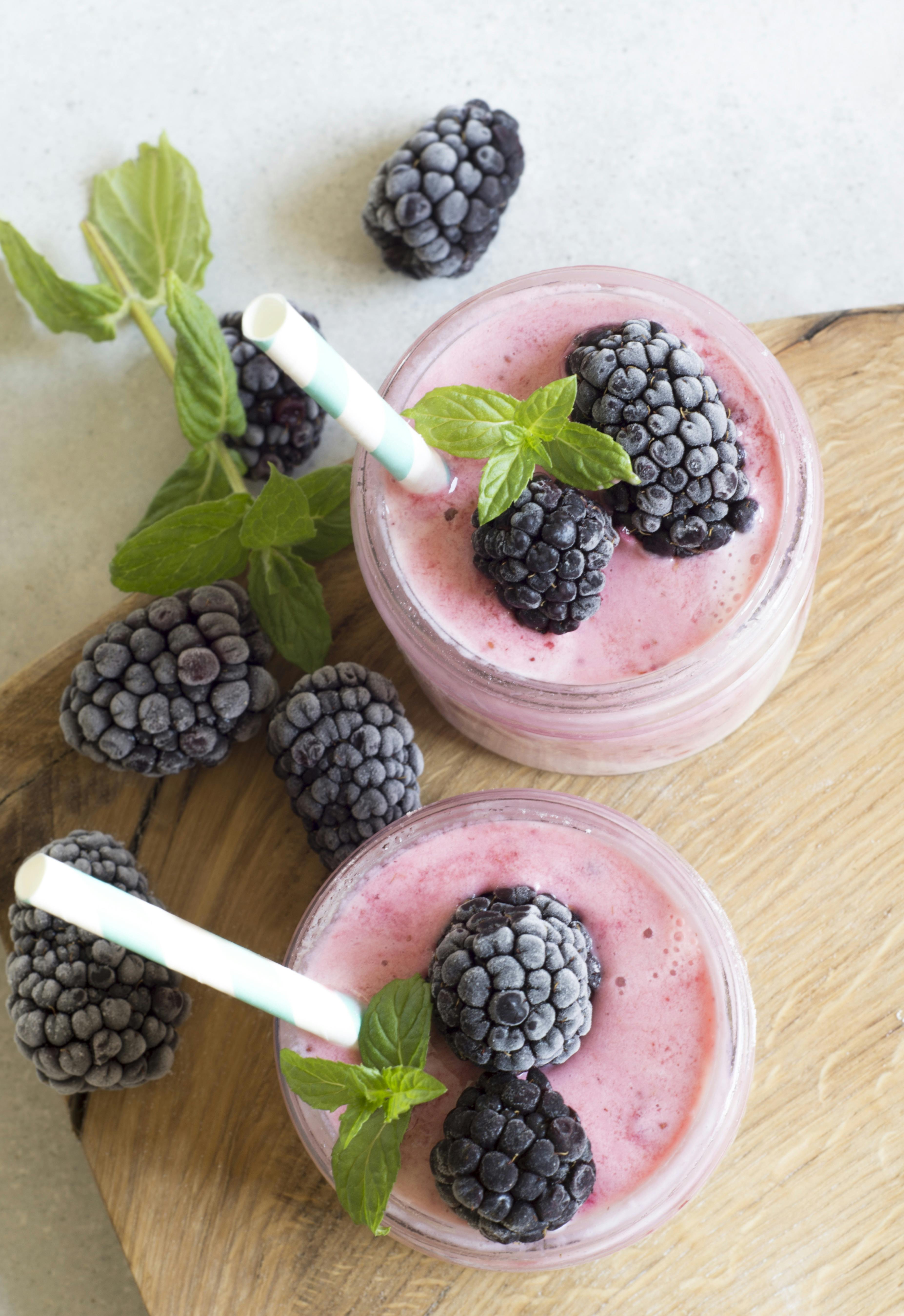Top 5 Practical Colostomy Diet Options for 2025

Top 5 Practical Colostomy Diet Options for 2025
Understanding how to manage a colostomy diet is crucial for individuals who have undergone this life-changing surgery. A colostomy, which involves diverting the intestines to an opening in the abdomen, alters the normal digestion process. Therefore, it is essential to implement a suitable diet that promotes digestive health, minimizes discomfort, and encourages overall well-being. The year 2025 offers new insights and meal ideas that will help colostomy patients get the nutrition they need while enjoying delicious foods.
This article will introduce five practical colostomy diet options that address various aspects of nutrition and health management. From high-fiber diets that improve digestion to low-residue options that ease recovery, you will discover a range of meal plans suited for everyday life. We also share cooking tips and recommendations to enhance your colostomy dining experience. Let’s delve into the dietary strategies designed specifically for colostomy patients.
Key takeaways will include:
- Best foods for colostomy health
- Colostomy-friendly meal preparation
- Managing colostomy dietary restrictions
Essential Nutritional Guidelines for Colostomy Patients
Building a solid nutritional foundation is imperative for those living with a colostomy. It is important to consider the digestive system's altered state and adapt your food choices accordingly. A healthy colostomy diet focuses on nutrient density, taking into account necessary vitamins, minerals, and fiber.
Understanding the Colostomy Dietary Restrictions
Post-colostomy patients must manage certain food restrictions to alleviate potential complications. For instance, foods high in fiber may initially cause discomfort and require gradual incorporation into the diet. Key high-fiber options include:
- Whole grains: brown rice and oats
- Fruits: pears, apples (with skin)
- Vegetables: broccoli, carrots
Avoiding gas-producing foods—like beans, carbonated beverages, and certain cruciferous vegetables—can further enhance digestive comfort. It is also beneficial to maintain hydration and consume foods that soothe symptoms.
Determining Digestive Health Needs
Monitoring your body’s response to different foods is crucial for managing a colostomy diet effectively. Keeping a food diary helps identify triggers or favorites and allows more tailored meal planning. Consulting with a dietitian specializing in digestive health can provide professional guidance about individual dietary adjustments regarding colostomy.
Colostomy Hydration and Nutritional Needs
Maintaining hydration is essential, particularly when making dietary changes. A balanced intake of fluids, alongside a focus on nutrient-rich foods, can support digestive health and energy levels. Incorporating foods like:
- Soups and broths
- Water-rich fruits: watermelon, oranges
- Vegetables: cucumber, lettuce
These options ensure that hydration levels remain adequate while also addressing colostomy-specific needs.
Post-Surgery Eat Well Strategies
In the adjustment period following surgery, initiating a diet comprising mostly soft, well-cooked foods can facilitate easier digestion. Gradually reintroducing solid and high-fiber foods will create a balanced post-colostomy meal plan. Focus on gradually increasing texture and variety to avoid upsetting the digestive system.
Colostomy Meal Plan Examples
Creating a versatile meal plan can significantly enhance your diet management. Here’s a straightforward three-day meal example:
- Day 1: Breakfast: Oatmeal with bananas; Lunch: Grilled chicken with steamed carrots; Dinner: Baked salmon with quinoa.
- Day 2: Breakfast: Smoothie with spinach and fruit; Lunch: Turkey wrap with lettuce; Dinner: Vegetable soup with brown rice.
- Day 3: Breakfast: Scrambled eggs with toast; Lunch: Quinoa salad; Dinner: Stir-fried vegetables with tofu.
This format promotes diversity while adhering to colostomy dietary guidelines and nutritional requirements.
Incorporating High-Fiber Foods for Digestive Health
One key component of managing a colostomy diet is understanding how to incorporate high-fiber foods appropriately. While fiber is essential for improving digestion, especially after surgery, its introduction must be gradual, respecting individual comfort levels and tolerances.
Benefits of High-Fiber Diets for Colostomy Patients
A high-fiber diet aids in regulating digestion and preventing constipation, which is often a concern for colostomy patients. Foods rich in fiber can also help maintain bowel regularity, reduce the risk of complications, and enhance overall digestive comfort.
Tips for Managing Fiber Intake
To harness the power of fiber without discomfort, start with soluble fiber sources such as:
- Apples and pears
- Oats and barley
- Legumes: chickpeas and lentils (in moderation)
Gradually increasing fiber intake allows the digestive system to adapt smoothly, promoting better health outcomes. Keeping track in a food diary helps pinpoint how each food choice affects your body.
Supplementing with Nutritional Aids
In some cases, patients may find that dietary supplements can fulfill their nutritional requirements efficiently. These may include fiber supplements or vitamins specifically suited for colostomy patients. It is advisable to consult healthcare providers before starting any supplementation to ensure appropriateness.
Delicious High-Fiber Recipes to Try
High-fiber recipes can integrate a variety of flavors while adhering to dietary guidance. Consider trying:
- Quinoa Salad: Combine quinoa with chopped vegetables and a light dressing.
- Oven-Baked Sweet Potatoes: Topped with Greek yogurt for extra creaminess.
- Chickpea Patties: Low-fat and rich in flavor, serving as an excellent protein source.
Adapting these recipes to fit individual tastes can also help with acceptance and enjoyment of meals.
Colostomy-Friendly Snacks for Between Meals
Healthy snacks are critical elements to support energy levels throughout the day. Focusing on nutritious options, such as:
- Fruit and nut butter
- Rice cakes topped with avocado
- Vegetable sticks with hummus
These snacks not only provide sustained energy but also ensure a healthy balance of essential nutrients.

Low-Residue Diets for Post-Colostomy Management
A low-residue diet may also be recommended to minimize bowel movements and ease recovery time following colostomy surgery. This dietary approach focuses on limiting high-fiber foods that can be harder to digest, particularly during recovery.
Foods to Emphasize in a Low-Residue Diet
Incorporating simple, easily digestible foods can significantly help. Some options include:
- Refined grains: white rice and white bread
- Soft fruits: bananas and melons
- Cooked vegetables: carrots and potatoes without skin
These food types can provide satisfactory nutrition while reducing the stress on the digestive system.
Managing Portion Size and Frequency
Smaller, more frequent meals are beneficial for patients, as they allow for better digestion and can help manage symptoms associated with a colostomy. Balancing nutrition with appropriate portion sizes helps individuals maintain stable energy levels while accommodating their specific dietary needs.
Common Mistakes to Avoid
Common dietary pitfalls include rapidly increasing fiber intake or consuming high-fat or greasy foods that can exacerbate symptoms. Understanding these challenges and navigating them with knowledge is vital for achieving a healthy colostomy management plan.

Creating a Balanced Colostomy Meal Plan
Establishing a well-rounded meal plan is essential for successful colostomy diet management. This approach should cater both to satisfying hunger and providing essential nutrients needed for recovery. Bad habits can develop if meals are based on convenience alone rather than nutritional value.
Successful Meal Prep Techniques
Meal prepping can streamline your dietary choices. Preparing several meals ahead of time ensures that nutritious options are readily available. Consider techniques like batch cooking grains, roasting vegetables, or creating single-serving portions of proteins.
Gourmet Colostomy Meal Ideas
Transforming everyday ingredients into gourmet meals creates a lovely dining experience. Foods that may fall under this category can include:
- Herbed chicken breast with garlic mashed potatoes
- Fish tacos with cabbage slaw
- Stuffed bell peppers with quinoa and lean beef
Exploring Desserts That Accommodate Dietary Needs
Even dessert can fit within a colostomy-friendly diet. Options such as:
- Banana smoothies with yogurt
- Rice pudding made with almond milk
- Fruit compote served with a delicate sponge cake
These sweet offerings do not compromise digestive health and can still be enjoyed by colostomy patients.
Final Thoughts on Colostomy Diet Management
Living with a colostomy presents unique dietary challenges, but it can also open doors to new eating opportunities. By embracing nutritious options that promote health and comfort, patients can thrive after surgery. Understanding dietary restrictions, emphasizing hydration, and incorporating a variety of foods are key components of a successful post-colostomy meal plan. Collaborating with healthcare professionals and utilizing available support resources can further enhance these efforts, leading to an enriched quality of life. Explore these five practical diet options and take steps towards a healthier, more enjoyable colostomy-friendly lifestyle.

